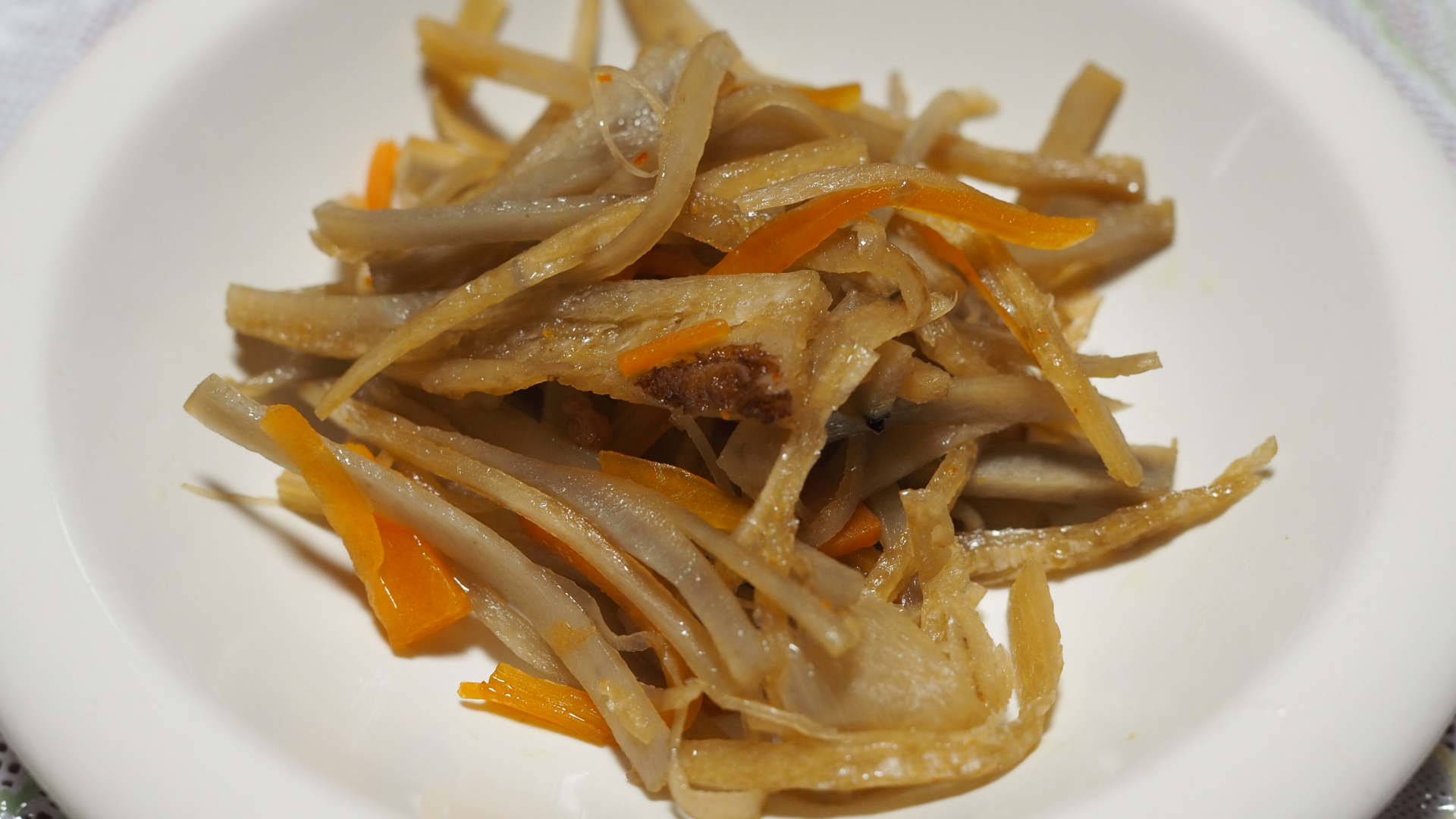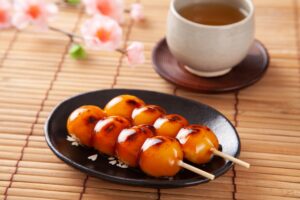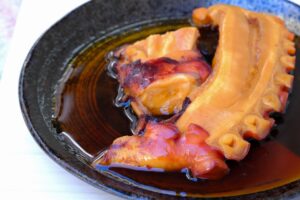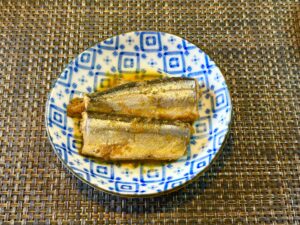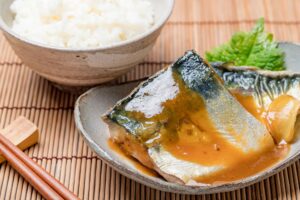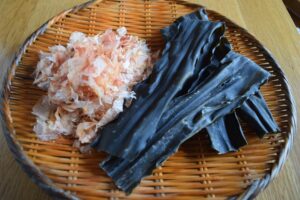Kinpira Gobo is a staple in Japanese home cooking, often served as a side dish or bento component. Made primarily with burdock root (gobo) and carrots, this flavorful stir-fry balances sweet and savory notes with a touch of spice. In this article, you’ll discover what makes Kinpira Gobo unique, how to prepare it, and the rich cultural significance behind the dish.
What Is Kinpira Gobo?
Kinpira Gobo is a beloved side dish in Japanese home cooking, known for its simple preparation and complex flavors. The name refers to both the method and the ingredients: “kinpira” is a cooking technique involving stir-frying and simmering, while “gobo” means burdock root in Japanese. Along with carrots, gobo forms the foundation of this traditional dish.
To prepare Kinpira Gobo, thinly sliced burdock root and carrots are stir-fried in sesame oil and then simmered in a mixture of soy sauce, mirin, sake, and sugar. This process infuses the vegetables with a balance of sweet and savory flavors, accented by a mild heat from optional chili flakes or shichimi togarashi. The final texture is tender-crisp, with a deep umami taste that makes it a staple in bento boxes and Japanese meals.
Whether served cold or warm, Kinpira Gobo is appreciated for its satisfying bite and nutritional richness. It’s often made in batches and stored for quick access throughout the week.
What Is Gobo (Burdock Root)?
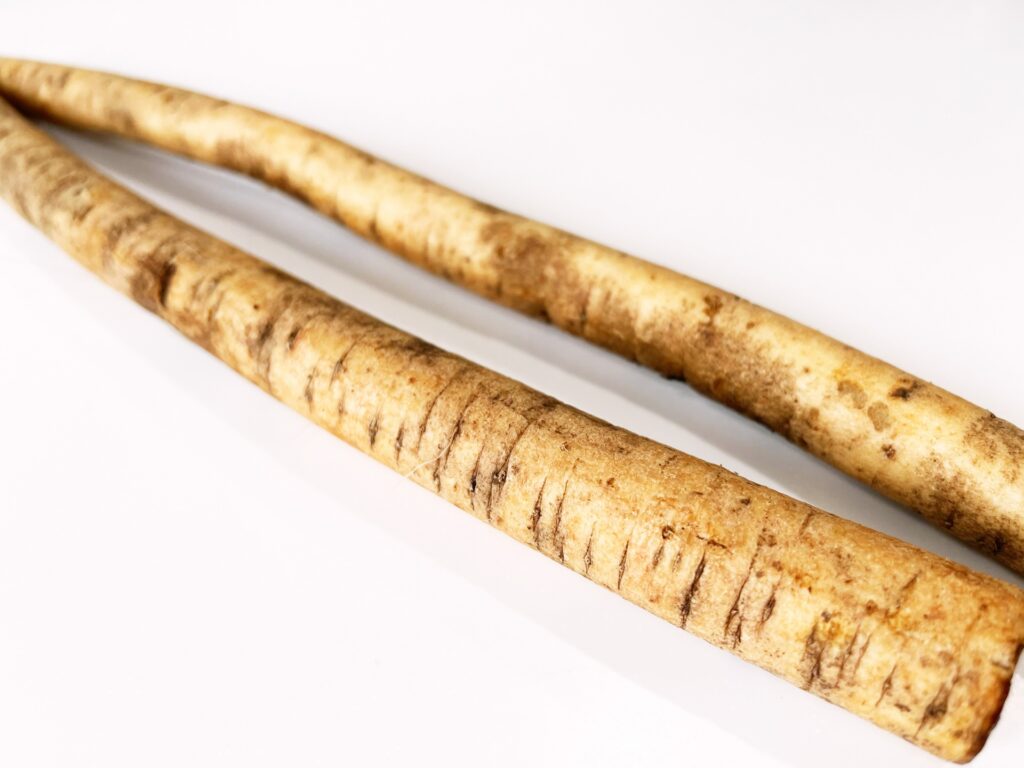
Gobo, or burdock root, is a long, slender root vegetable with rough brown skin and a crunchy white interior. Commonly used in Japanese cuisine, gobo is prized for its earthy flavor and fibrous texture, which holds up well during cooking. When sliced thin and soaked in water, it becomes more tender while retaining a distinctive bite.
In Asian cooking, gobo is used in soups, stir-fries, and pickles. In contrast, Western herbal traditions often use burdock for its medicinal properties, promoting detoxification and digestive health. The culinary use of gobo in Japan highlights its versatility and nutritional value.
You can usually find gobo in Asian grocery stores, sometimes fresh or vacuum-packed. To prepare it, scrape off the outer skin with the back of a knife, then julienne into matchstick-sized pieces. Soaking in water helps remove bitterness and prevents discoloration before cooking.
The Cultural Origins of Kinpira Gobo
Kinpira Gobo holds a meaningful place in Japanese cuisine, blending cultural tradition with daily practicality. Historically, it has been a go-to dish in home kitchens and bento lunch boxes due to its long shelf life and rich flavor.
The dish is also associated with osechi ryori, the traditional New Year’s meal, where Kinpira Gobo symbolizes strength and endurance due to the burdock root’s deep reach into the soil. It is equally present in shojin ryori, a type of Buddhist vegetarian cuisine, where root vegetables play a key role in balanced, meatless meals.
Internationally, dishes similar to Kinpira Gobo can be found in Korean and Chinese cuisines. For example, Korean doraji bokkeum (stir-fried bellflower root) shares a comparable texture and preparation style. These cross-cultural parallels highlight the broader East Asian appreciation for hearty, stir-fried root vegetables.

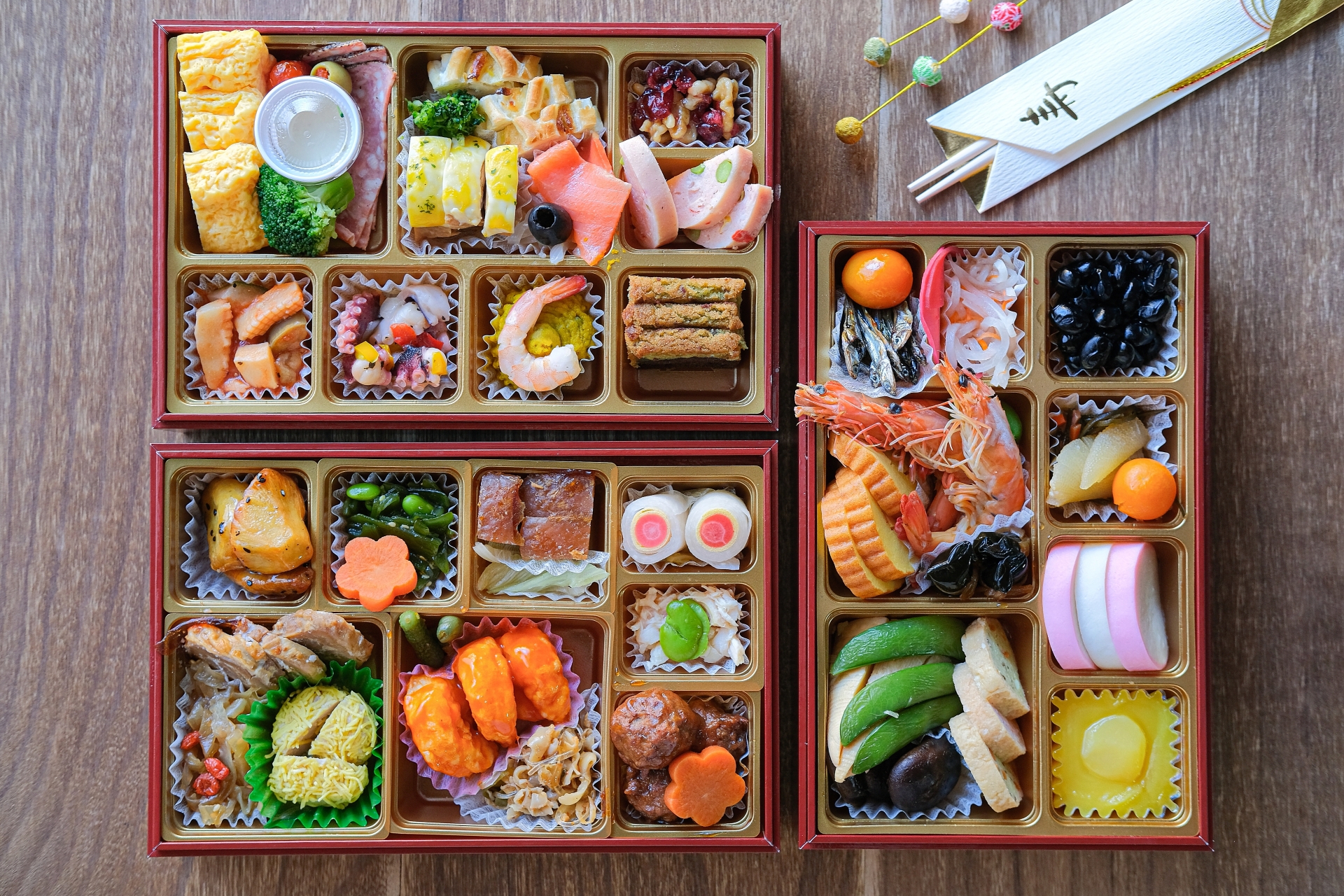
What Does “Kinpira” Mean in Japanese Cooking?
The term “kinpira” originates from a folklore hero named Kinpira, known for his strength and fiery spirit. This culinary term reflects the bold, robust flavor of dishes prepared in the kinpira style.
Kinpira is a method of cooking that starts with stir-frying ingredients in oil, followed by a quick simmer in a sweet-savory sauce. Root vegetables like burdock, carrot, and lotus root are most commonly used. Examples include kinpira renkon (lotus root) and kinpira gobou (burdock root).
The technique enhances the natural flavors of the ingredients while preserving a pleasant crunch. It is celebrated for its balance of flavor and texture, making kinpira dishes a perfect side for rice and a staple in many Japanese homes.
Ingredients and Nutrition of Kinpira Gobo
Traditional Kinpira Gobo includes the following base ingredients:
- Burdock root (gobo)
- Carrots
- Sesame oil
- Soy sauce
- Mirin
- Sake
- Sugar
- Chili flakes or shichimi togarashi (optional)
Optional toppings include toasted sesame seeds or a dash of dashi for added umami.
Nutritional Benefits:
- High in dietary fiber: Promotes digestion and gut health
- Rich in antioxidants: Helps reduce oxidative stress
- Prebiotic properties: Supports beneficial gut bacteria
- Low-calorie and filling: Ideal for weight-conscious eaters
Kinpira Gobo is naturally vegan and, when using tamari or coconut aminos instead of soy sauce, can be made gluten-free. This makes it suitable for a variety of dietary needs.
How to Cook Kinpira Gobo at Home
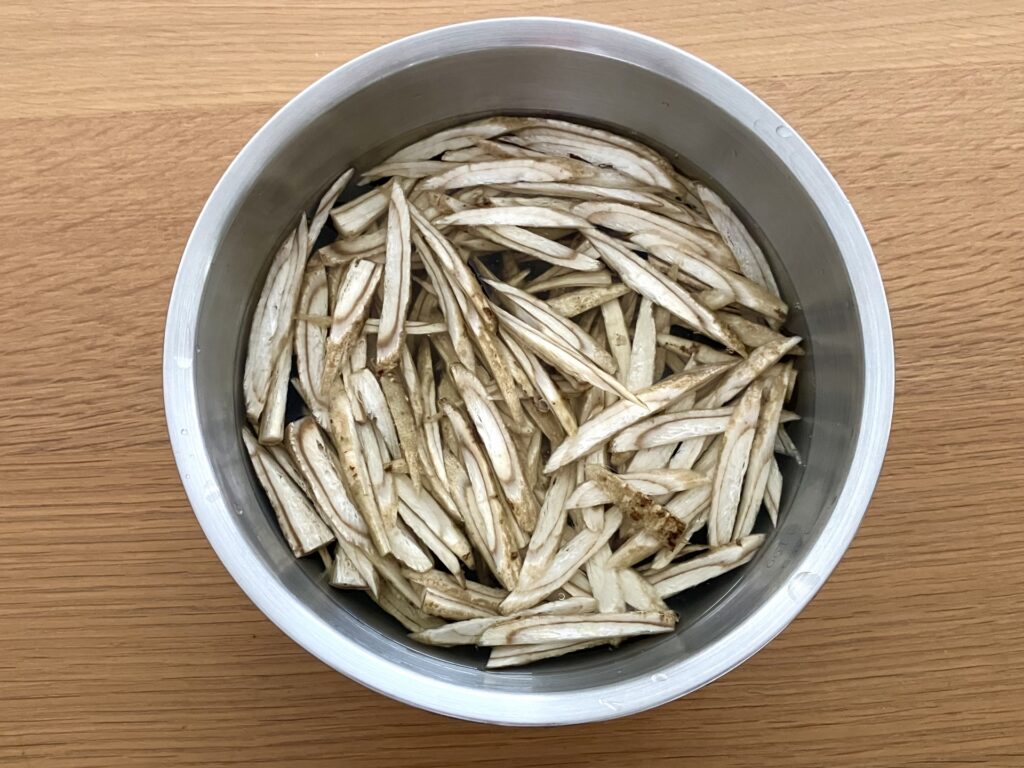
Here’s a beginner-friendly way to prepare Kinpira Gobo:
Step-by-Step Guide:
- Prep ingredients: Peel and julienne 1 burdock root and 1 medium carrot.
- Soak burdock: Place gobo in water with a dash of vinegar for 10 minutes to remove bitterness.
- Heat sesame oil in a pan over medium heat.
- Stir-fry vegetables for about 3–5 minutes until slightly tender.
- Add sauce mixture (2 tbsp soy sauce, 1 tbsp mirin, 1 tbsp sake, 1 tsp sugar).
- Simmer for 2–3 minutes until the liquid reduces and flavors meld.
- Finish with sesame seeds and optional chili flakes.
Ingredient Substitution Table:
| Original Ingredient | Substitute | Notes |
| Gobo (burdock root) | Parsnip, salsify | Similar texture, milder flavor |
| Sake | Dry white wine | Adds mild sweetness |
| Soy sauce | Tamari, coconut aminos | Gluten-free options |
Kinpira Gobo Variations and Modern Twists
Contemporary Kinpira Gobo recipes embrace creativity and dietary trends:
- Lotus root (renkon) or bell peppers can be added for visual variety.
- Mushrooms and hijiki seaweed enhance umami and nutrition.
- Vegan versions skip dashi or use kombu-based broth.
- Macrobiotic interpretations avoid refined sugar, using mirin or rice syrup instead.
Some modern cafes in Japan and abroad serve Kinpira Gobo in grain bowls, wraps, or as part of plant-based fusion dishes. Its adaptability makes it a favorite in clean-eating and allergy-conscious cooking.
How to Store and Meal Prep Kinpira Gobo
Kinpira Gobo stores exceptionally well, making it ideal for batch cooking:
- Refrigeration: Keep in an airtight container for up to 5 days.
- Freezing: Freeze in small portions for up to 1 month.
- Reheating: Microwave in short bursts or reheat gently in a skillet.
It’s a popular meal-prep item in Japanese households and a consistent addition to bento lunches due to its durability and flavor retention.
Frequently Asked Questions About Kinpira Gobo
What does Kinpira Gobo taste like?
It has a savory-sweet flavor with a light crunch. The sesame oil adds nuttiness, and chili flakes bring subtle heat.
Is it healthy?
Yes. It’s high in fiber, low in calories, and contains antioxidants and prebiotics.
Can I eat gobo raw?
Technically yes, but it’s very fibrous and earthy. Cooking improves its texture and flavor.
What’s a good substitute for gobo?
Try parsnip, salsify, or even julienned lotus root.
How spicy is Kinpira Gobo?
Mildly spicy. The heat is adjustable based on the amount of chili used.
Related Dishes and Recipes You Might Like
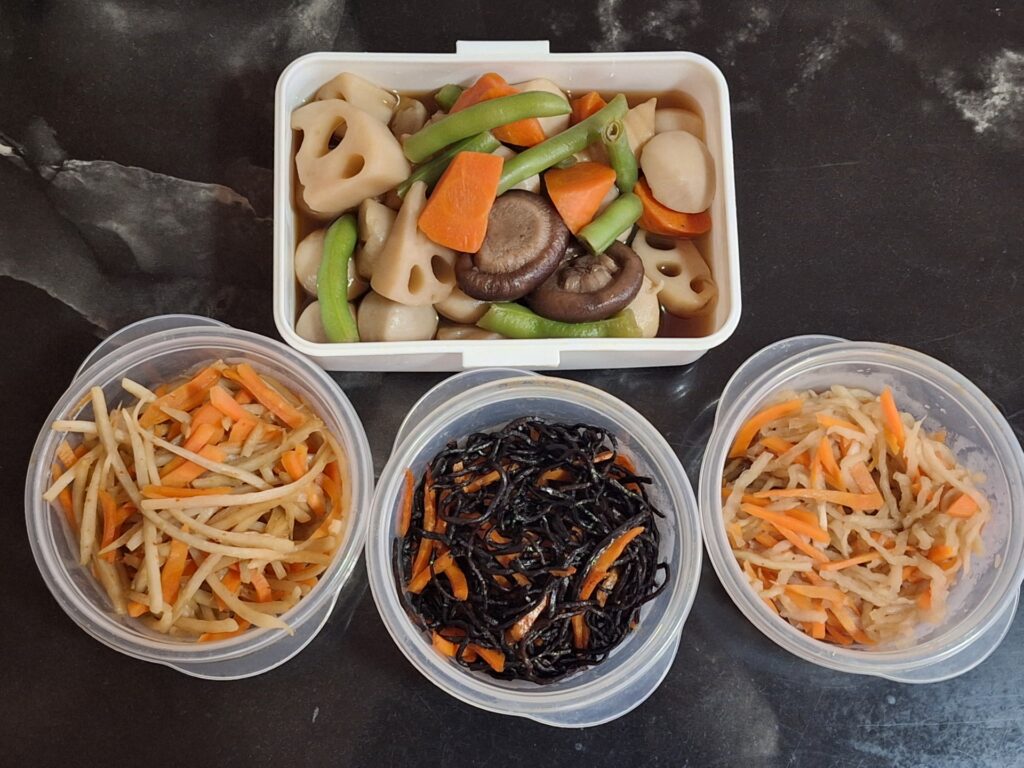
Explore other Japanese vegetable side dishes:
- Hijiki Salad: A seaweed salad with carrots and soy-based seasoning. Chewy, umami-rich.
- Nimono: Simmered vegetables in dashi broth. Softer texture and more broth-heavy.
- Tsukemono: Japanese pickled vegetables. Tangy, crunchy, and often colorful.
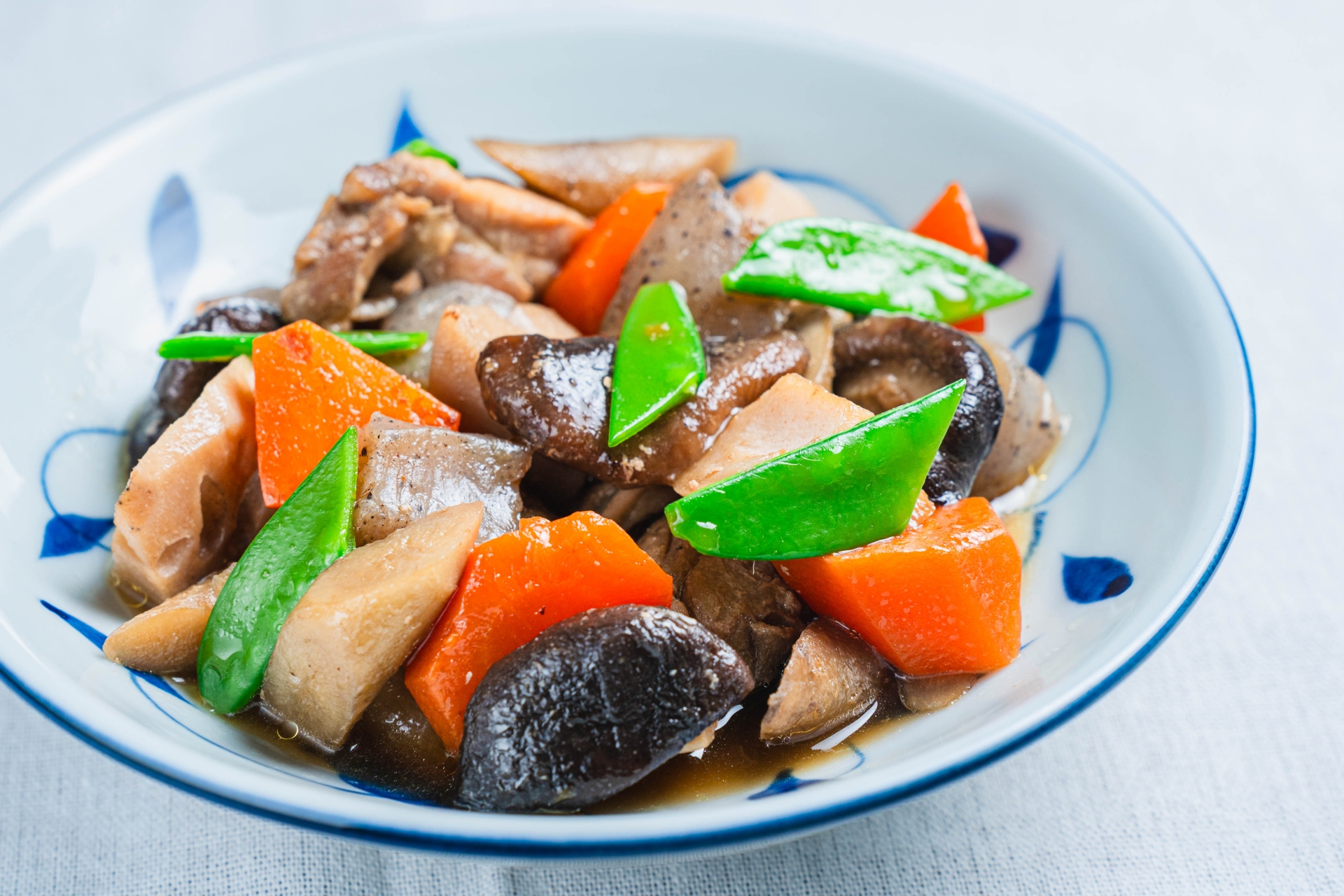
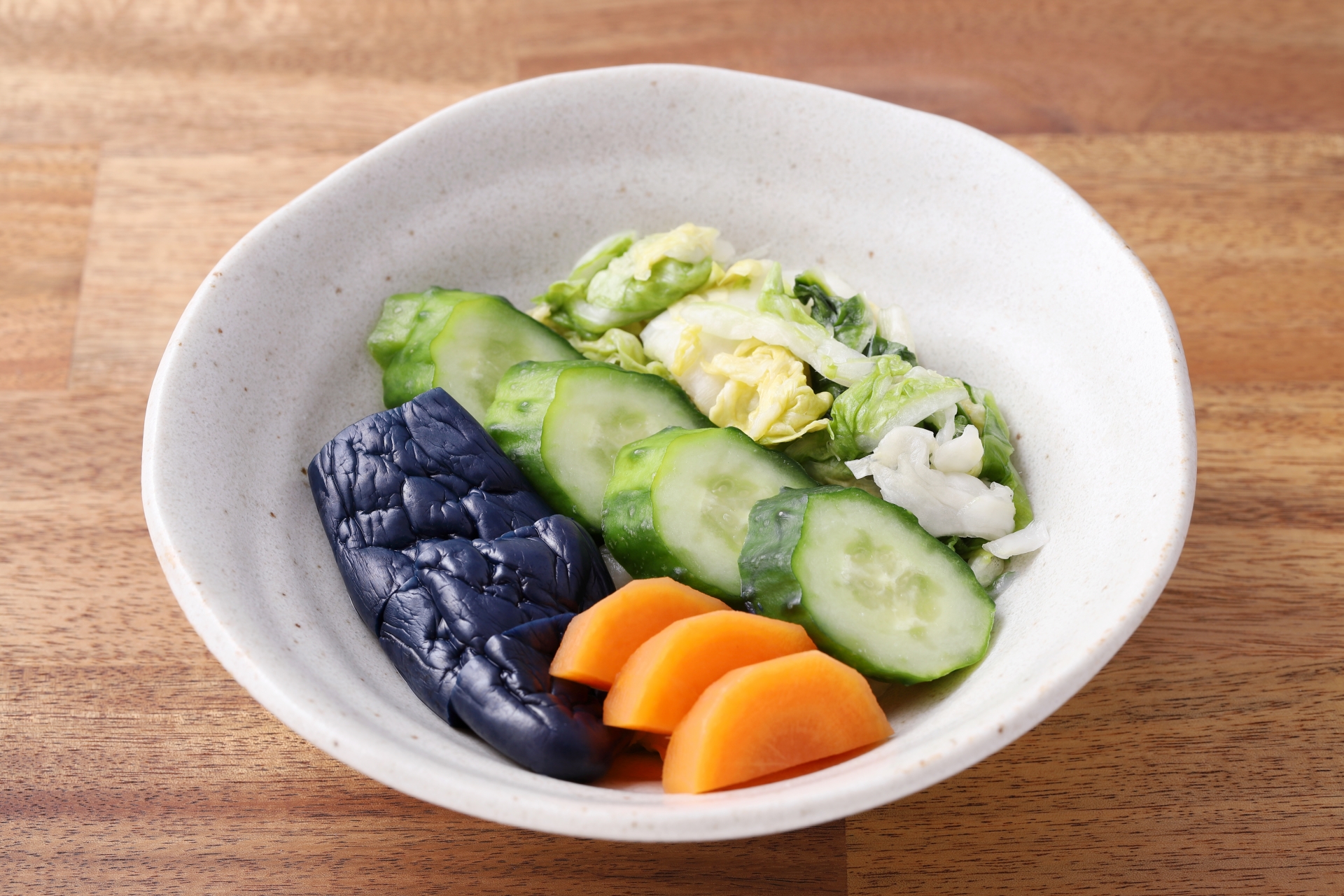
Comparison Table:
| Dish | Cooking Method | Flavor Profile | Key Ingredients |
| Kinpira Gobo | Stir-fry + Simmer | Sweet, savory, mildly spicy | Gobo, carrot |
| Hijiki Salad | Simmered + Chilled | Umami, lightly sweet | Hijiki, soy, carrot |
| Nimono | Simmered | Mild, dashi-based | Root veggies, dashi |
| Tsukemono | Pickled | Sour, salty, crisp | Cucumber, daikon, etc. |
Summary: Why You Should Try Kinpira Gobo
Kinpira Gobo is more than just a side dish—it’s a flavorful, nutrient-rich expression of Japanese home cooking. With its satisfying texture and sweet-savory profile, it complements a variety of meals and dietary preferences.
This dish is easy to make, flexible in ingredients, and perfect for meal prepping. Its cultural significance, health benefits, and adaptability make it a must-try whether you’re new to Japanese cuisine or a seasoned foodie.
Give this dish a try and bring a taste of Japan to your kitchen.

